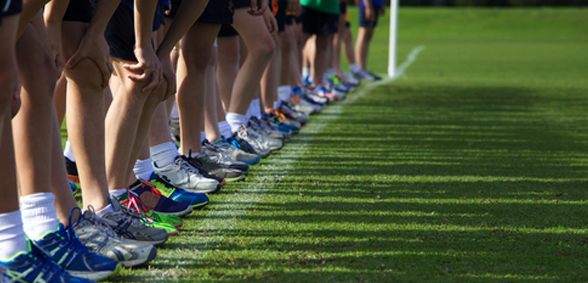
The Guardian has reported that new research shows disadvantaged children perform better at schools where they are in the minority
According to research by the Organisation for Economic Co-operation and Development, disadvantaged pupils do much better in schools where they are in a minority.
A survey of OECD member countries found there is a vast gulf between the performance of pupils from disadvantaged households who attended schools with a majority of other disadvantaged children, and those who attended schools elsewhere.
The schools with a much smaller proportion of disadvantaged pupils were found to be around two-and-a-half-years ahead of those with a majority of disadvantaged pupils.
The report’s evidence suggests that the government could boost social mobility by both breaking up clusters of pupils between schools and encouraging skilled teachers to work in impoverished areas.
The report states: ‘Most empirical evidence in countries as diverse as Chile, New Zealand, Sweden, the UK and the US suggests that reforms introducing greater school choice also tend to increase academic and socio-economic sorting because more advantaged, highly educated families are more likely to make better-informed choices.’
The problem can allegedly be avoided ‘by improving disadvantaged families’ access to information about schools, and also by restricting the possibilities for schools to skim off the best students through selective admissions criteria’, as well as by pouring more resources into schools attended by disadvantaged pupils.
Andreas Schleicher, the OECD’s director for education and skills, said that 46% of disadvantaged pupils in England were concentrated in schools where they are in the majority, which is a barrier to social mobility.
Schleicher added that talented teachers needed to be given a strong incentive to work in the worst-off areas.
“Having more teachers is not the necessarily the solution, it’s getting the right teachers into the most disadvantaged schools and making it not just financially but intellectually attractive for teachers to work in those circumstances, to build teachers’ careers around challenges,” he said.
A spokesperson for the Department for Education said that the attainment gap between disadvantaged pupils and their peers in England has narrowed since 2011.
“We’re targeting extra support at the poorest areas of the country to raise standards in schools and attract great teachers. Earlier this year the education secretary also set out his plans to boost social mobility by improving education support for children before they start school,” the DfE said.
Paul Whiteman, the general secretary of NAHT, said the OECD report was alarming.
“Despite the improving standards in schools and two decades of sustained effort, narrowing the gap between richer and poorer students is taking too long,” he said.
“Some of the areas where it is hardest to be socially mobile have suffered from decades of underinvestment and shrinking opportunities for well-paid and highly skilled work. If we’re serious about improving equality in the UK we’ve got to look at all these factors. Schools can’t do it alone.”
Don’t forget to follow us on Twitter and keep up-to-date with the latest news and features
